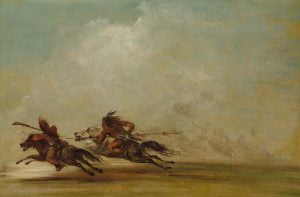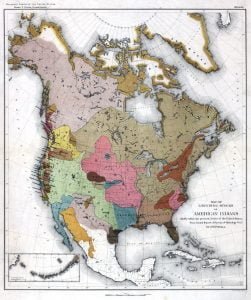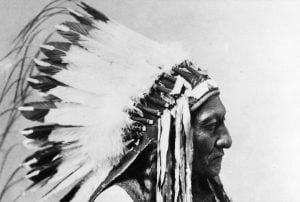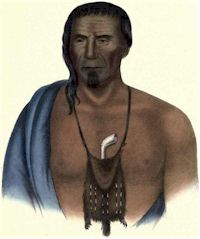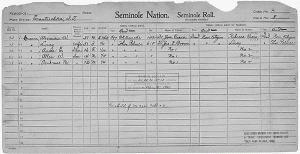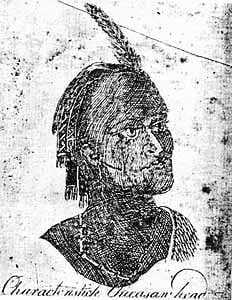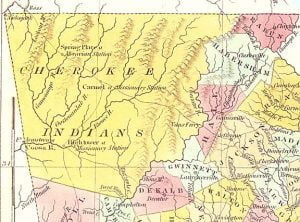North American Indians of the Plains
North American Indians of the Plains discusses the original content of the Hall of Plains Indians – American Museum of Natural History. This collection provides an extensive review of the houses, clothing, food, hunting, religion, language and other ethnological studies of the Plains Indians. Replete with maps and many photographs.

